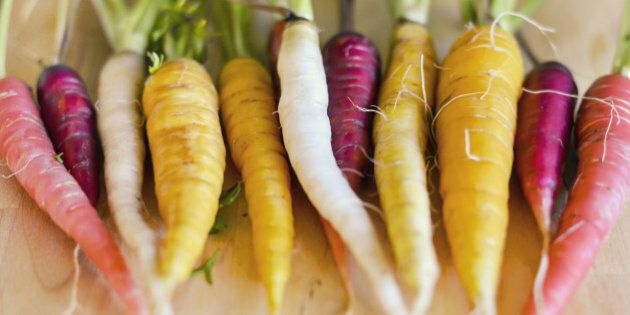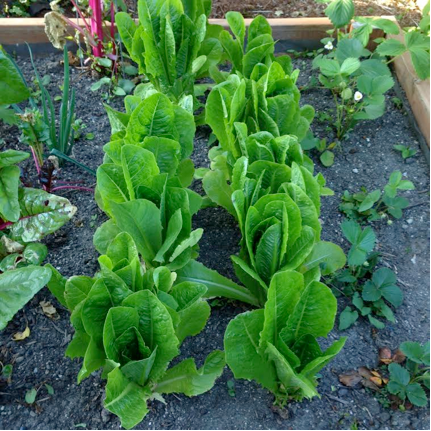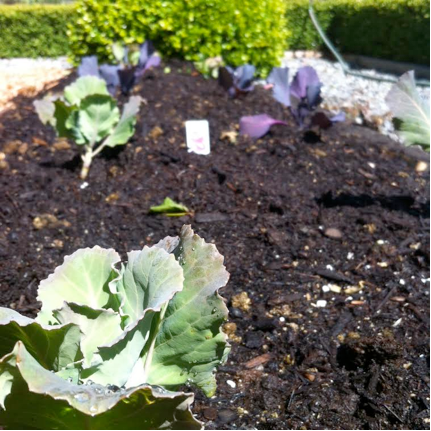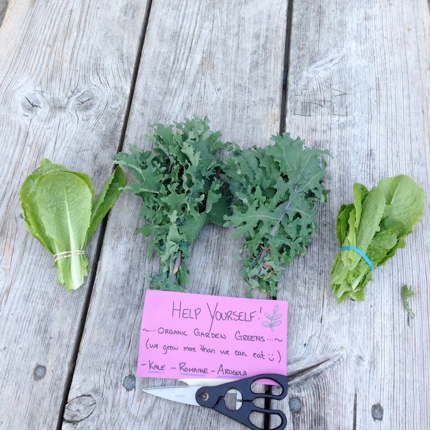
The heart of our communities and cultures, food is a part of our everyday life and it connects us. We celebrate, socialize and plan our communities around food. Our connection to food is still strong, but our connection to where it comes from has weakened.
Our supply chain is long and disparate. In the processing and transportation of food products, nutritional value is lost and preservatives must be added. These long-traveled foods often come in hefty packaging and carry with them a high carbon footprint. In addition, we lose connection to who grew our food and how. With the convenience of the modern grocery store, this knowledge, once so critical to our survival, is disappearing. For reasons such as health, affordability and emissions reductions, it is important to maintain a strong connection to the food we eat, whether we live on the countryside or in a metropolis.
Changing the global food system can feel like a daunting topic with endless complexity, but we tend to overlook the simple solution: grow food in your own yard. With a basic understanding of plants, sunlight and some watering, we can all start to address global food security issues. So why don't more of us grow food gardens instead of having lawns? Lawns, as it seems, is the enemy of the food garden.
Lawns are a curious fascination of our modern-day culture. Inspired by the grand estates of 19th century England, when lawns were a sign of wealth and importance, we began to place our homes on mini estate-like surroundings. This has become the norm and is no longer reserved for the most grandeur castles. A NASA research group directed by Dr. Cristina Milesi estimates that "there are three times more acres of lawn in the US that irrigated corn" and the lawn area covers "about 128,000 square kilometres in all." The area of land dedicated to lawn is more than that dedicated to food crops such as wheat and corn!
As North Americans, we obsess over lawns--millions and millions of acres of them. We spend time, money and effort to maintain their perfection. While they create green space, lawns are a biological wasteland due to the presence of only a single species of plant and the fertilization and pesticides it needs to survive. Not only are lawns costly to maintain, they are costly on the environment. The EPA estimates that one third of residential water is used for lawn care. That water use could be irrigating our food.
Not to mention, it is a massive missed opportunity to advance food security. In our own, small urban lawn, we have dedicated 25 per cent to growing food. We have now crossed items off our grocery list such as kale, spinach, lettuce, squash, peas, tomatoes and all the herbs we need.
In your own yard, you can slowly stage the replacement of grass with food gardens. Or complete the transition all at once.



Photo by Tara Campbell
In a producing garden you can quickly have more than you need, which is a great opportunity to share the bounty with your neighbors and build community.

Follow Jill Doucette on Instagram @JillianDoucette
www.synergyenterprises.ca
MORE ON HUFFPOST:
